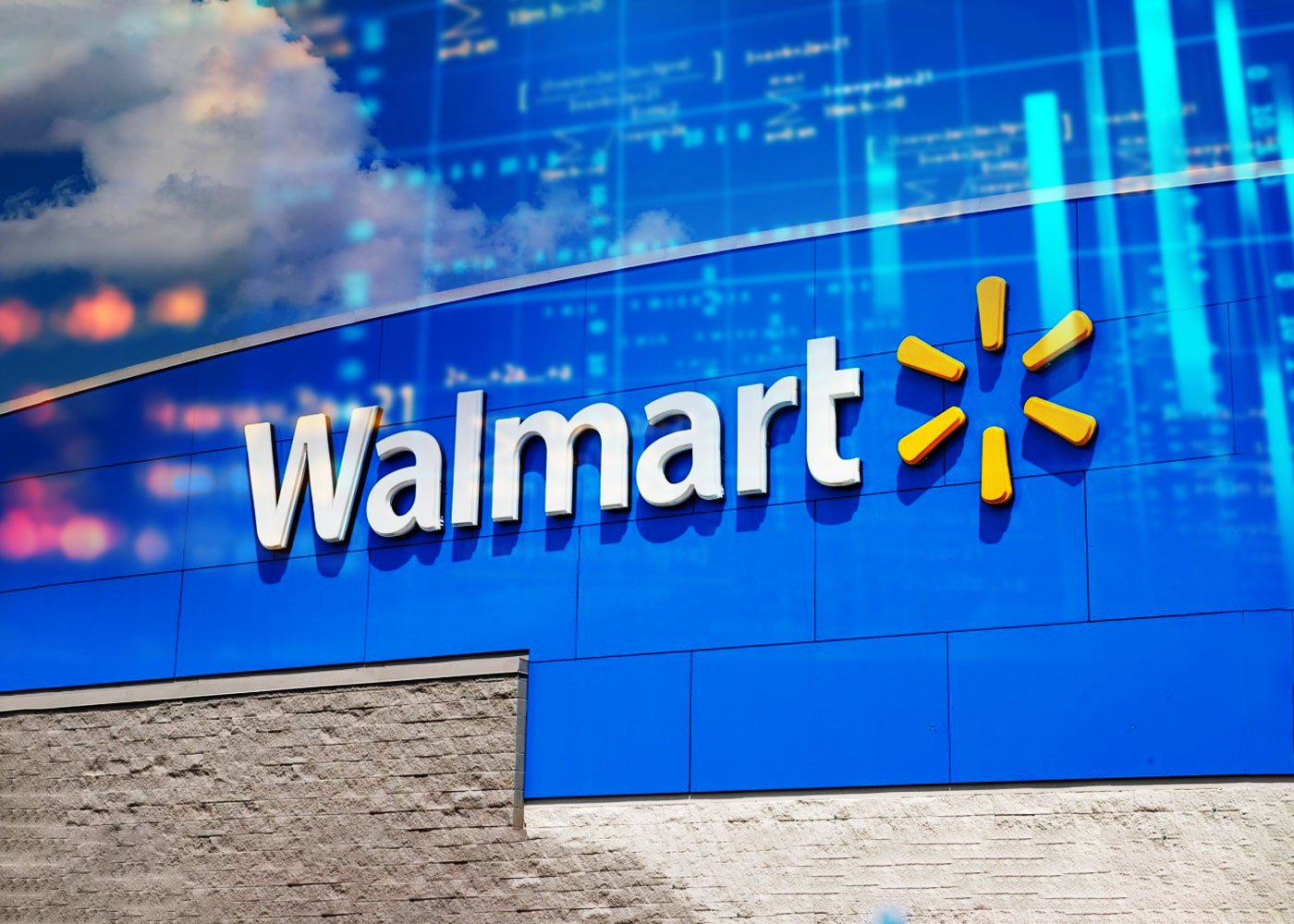
Are you interested in earning passive income from your cryptocurrency? Staking can be a viable option, but it’s not without risk. In 2023, there are various staking platforms, including DeFi staking options, that you can research to find the best one for you. You can choose from a variety of staking platforms, ranging from centralized to non-custodial ones. Factors to consider when selecting a staking platform include available cryptocurrencies, rate of return, risk, custody, user-friendliness, and restricted countries on which the platforms can not operate. For instance, AVAX staking yield seems like it will be hefty this year. Read below to learn more!
Is Avalanche (AVAX) Worth it?
Avalanche (AVAX) is a blockchain network that aims to prioritize transaction speed, lower transaction costs, and increase environmental sustainability in the DeFi space. The primary objective of Avalanche is to create a flexible, scalable blockchain that prioritizes decentralization and security, making it an attractive investment option.
As a major competitor to Ethereum, Avalanche claims to be the most secure cryptocurrency, and it is also compatible with Ethereum and its blockchains. Developers have shown interest in AVAX because it allows them to create their own currency, and the Avalanche network was designed to be a network of thousands of subnets that facilitate a stable currency.
If the market conditions remain steady, and looking at current trends, AVAX staking yield for 2023 could be approximately 8-12%. It is crucial to bear in mind that this estimation is only speculative, and there is no assurance of any returns. Before investing in any cryptocurrency, it is always recommended to conduct your research and assess the risks carefully.

Stakely
Stakely is a non-custodial staking platform that allows investors to earn income from over 35 blockchains, including AVAX. To stake with Stakely, simply connect your non-custodial wallet, find the delegation/staking options, and choose Stakely as your validator. The exact process may vary depending on the cryptocurrency being staked.
By choosing Stakely as your staking platform, you can enjoy lower fees than centralized staking platforms, as well as access to a strong community with useful guides on staking queries for many popular blockchains. Additionally, Stakely offers a Staking Insurance Fund, a protective measure that covers any staking losses resulting from accidents such as slashing events.
Stakely provides helpful step-by-step guides, making non-custodial staking accessible and straightforward for users of any experience who may otherwise be inclined to use centralized crypto exchanges. However, using Stakely entails the same risks as staking crypto in general, including market volatility affecting locked funds, loss or theft of private keys, and slashing. Nonetheless, using a popular and reputable validator like Stakely greatly reduces the risk of slashing.
Coinbase
One of the main reasons why people prefer using Coinbase as their staking platform is its high level of security. Your assets will be protected by a leading crypto exchange, which employs top-notch security practices. Additionally, Coinbase‘s user-friendly interface makes on-chain staking accessible to novice investors who want to stake Ethereum, Tezos, Cosmos, Solana, Cardano, and other cryptocurrencies. Furthermore, unlike direct staking, where investors may need to lock up their assets for a specified period, Coinbase Earn allows investors to opt out whenever it suits them.
In your Coinbase account, you can view the precise number of rewards you have obtained and the current rate at which you are earning them. These rewards are calculated based on their cash value at the time of receipt. For instance, if you earned $5 in ETH, the value will be calculated as $5, regardless of any fluctuations in the price of ETH.
Recently, the SEC (Securities and Exchange Commission) issued a Wells Notice to Coinbase, accusing its staking products of being unregistered securities. Following this development, Coinbase‘s CEO, Brian Armstrong, tweeted that they are confident that they are in compliance with the law and look forward to presenting their case in court.
However, it is also worth noting that US investors who use Coinbase Earn to stake and earn more than $600 in staking rewards will receive a 1099-MISC from Coinbase. This means that the IRS will be informed of your staking earnings. To learn more about Coinbase’s reporting procedures to the IRS, please consult the Coinbase website.
KuCoin
At the time of writing, KuCoin advertises flexible staking products with interest rates ranging from 2.37% to 34.07%, although these rates are subject to change and are updated regularly.
Apart from staking, KuCoin provides several other earning products that are similar in nature, such as savings, dual investments, and boosted earning promotions for new users. Many of these products advertise higher interest rates than staking. For example, for Bitcoin investors, KuCoin offers a fixed dual investment product (non-principal protected) with a 156.7% annual percentage rate (APR) or a flexible savings product with a 0.26% APR. However, investors must conduct their own research on dual investment products and the specific risks associated with them.
KuCoin‘s vast selection of altcoins and promotional offers, as well as its extensive range of earn products, may appeal to some investors. Nonetheless, US investors should be cautious since KuCoin is not licensed in the USA and does not comply with the KYC processes required for regulatory compliance. While US users can still use the exchange, they will only have access to limited products without KYC, and there is always the risk of their account being frozen if they use an exchange from a restricted country.
Binance
Binance provides a convenient way for users to stake ETH through their ETH 2.0 staking product, which rewards users with BETH tokens at a 1:1 ratio. This enables users to stake ETH without losing liquidity and later claim ETH staking rewards when staking withdrawals become available following the Shanghai Upgrade, which may take up to 12 months.
Apart from this, Binance also offers DeFi staking products with both flexible and fixed options. The estimated APR for these products ranges between 0.05% and 6% at the time of writing. In addition, Binance provides a Simple Earn Product that is easy to use with both flexible and locked durations. Many of these products are principal-protected, meaning the same number of tokens deposited will be returned with yields paid out in the same token. Simple Earn products come with estimated APR rates ranging between 0.67% and 37.9%. Binance also offers high-yield Simple Earn and Dual Investment products that are not principal-protected.
Binance‘s auto-invest feature invests a predetermined amount into a cryptocurrency and automatically issues daily earnings. The exchange’s broad range of staking and earning products, coupled with its industry-leading security, makes it an appealing option for many investors. However, Binance has been under regulatory scrutiny in the US lately, with its staking products and stablecoin BUSD being a particular focus for the SEC.
Conclusion
In conclusion, AVAX staking yield for 2023 is looking promising. With a growing number of staking platforms and options available, investors have the opportunity to earn passive income while also contributing to the security and decentralization of blockchain networks. However, as with any investment, there are always risks involved, such as market volatility and potential security breaches. It’s essential to do your research and assess your risk tolerance before making any investment decisions. Overall, with careful consideration and a strategic approach, AVAX and stablecoin staking can be lucrative opportunities for investors in 2023.






